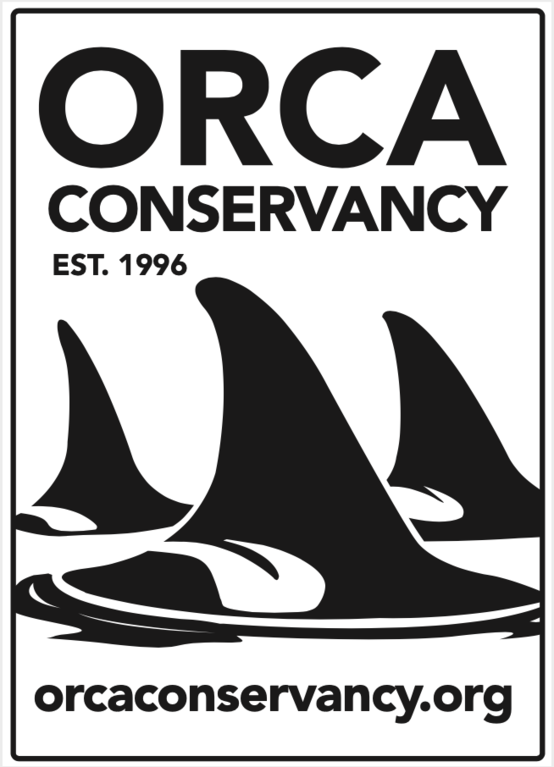Will a project intended to remove toxic waste from the environment end up harming a critically endangered killer whale?This is what environmentalists fear after the city of Chilliwack, British Columbia, approved a hazardous-waste recycling plant just 150 yards from the Fraser River. The waterway is the world’s No. 1 producer of salmon that feed critically endangered Southern Resident killer whales. Only about 77 of the orcas survive in the wild.A coalition of more than 30 Canadian and American groups opposed to the facility has launched a petition urging the British Columbia environmental ministry to conduct a thorough assessment of the project.“We are not opposed to this facility,” states the petition on the website of The WaterWealth Project. “We are opposed to the location. Risks from this facility, if built, include emissions from normal operations, accidents on the site, accidents transporting materials to and from the site, sand flooding from the river.”Each month the facility would process 92,460 gallons of transformer oil, 1,321 gallons of oil containing PCBs, 150 tons of transformer and electrical equipment, and 50 tons of such equipment containing PCBs, according to a report from the city.The proposed site, located in a flood zone, is also adjacent to the Bert Brink Wildlife Management Area, which is home to sloughs, wetlands, and gravel bars that provide spawning habitat for salmon species.The risk to salmon reproduction has alarmed residents, fishers, and conservationists, who note that the lower section of the river has already suffered from overfishing, dams, urbanization, runoff from deforestation, and pollution from pulp mills, mines, and farms.Activists working to save the Southern Resident killer whale population contend that a chemical spill could wipe out stocks of chinook salmon, the preferred prey of orcas.“When a spill occurs, it will...create an environmental disaster that will directly affect the endangered Southern Resident killer whales,” Shari Tarantino, president of the Washington state–based Orca Conservancy, wrote in an email.She said that 80 percent to 90 percent of the chinook consumed by the whales come from the Fraser River. “For this population to have a chance at recovery they need salmon—and lots of it,” she said.Both the city of Chilliwack and Aevitas Inc., the company seeking to build the plant, insist that every precaution will be taken to avoid an environmental catastrophe.Jamie Leggatt, Chilliwack’s communications manager, declined an interview request but provided a fact sheet prepared by city officials defending the plan.“Liquid discharge will not flow into the Fraser River,” the document states. “A multibarrier approach is provided for protection of the environment. All storage areas have secondary containment so that in the event of a spill or puncture of a barrel the spilled material will be contained in the facility.”Aevitas president Byron Day did not respond to a request for comment. But in a radio interview last month, he said, “We actually protect the river. We’re the ones that are trying to stop mercury and PCBs, which are the primary contaminants in the river.”Opponents remain unmoved.“We are in a seismically active region, and there is a pair of dams on the Bridge River, which flows into the Fraser upstream,” Ian Stephen of The WaterWealth Project said in an email. “If one of the dams were to fail, it would create a 10,000-year flood event for the Fraser.”“Citizens have to be forever vigilant and call on all who share in their values to come together to pressure those in power to make responsible decisions,” said Lina Azeez of the Watershed Watch Salmon Society. “International pressure proves to our government that the world is watching.”
Previous
Previous
Puget Sound takes a big step forward towards salmon recovery
Next
Next




